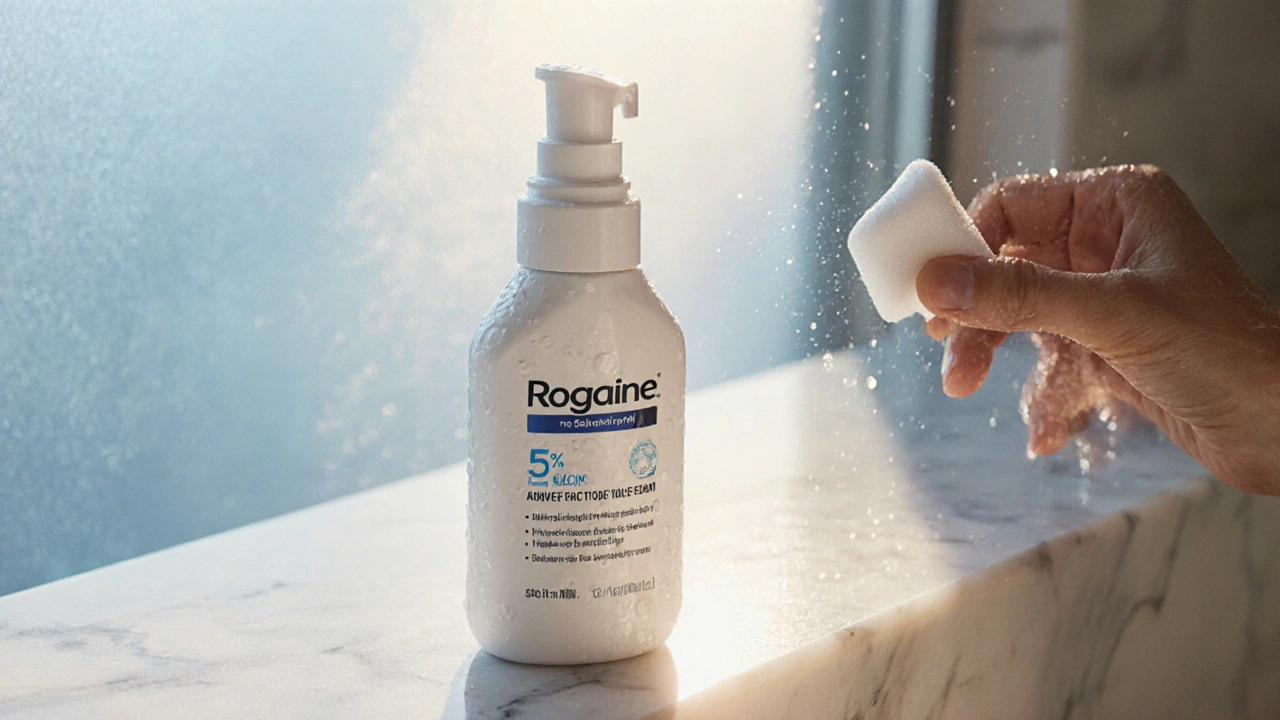Minoxidil Comparison – What You Should Know Before Choosing a Hair‑Loss Solution
When working with Minoxidil comparison, a side‑by‑side look at different minoxidil products and how they perform for hair loss. Also known as minoxidil analysis, it helps you weigh effectiveness, cost, and safety. For many, the first step is understanding the core drug: topical minoxidil, a liquid or foam applied directly to the scalp to stimulate hair follicles. The Minoxidil comparison you’re reading now ties three key ideas together: product potency, user experience, and medical guidance. In practice, Lonitab, a 5% minoxidil solution marketed for men and women exemplifies how branding can affect perceived value; its price point, side‑effect profile, and user reviews often sway buyers. Another important link is the relationship between minoxidil and broader hair loss treatments, options like finasteride, low‑level laser therapy, and natural supplements. Understanding these connections lets you decide whether a single‑product approach or a combination regimen fits your lifestyle. In short, a solid Minoxidil comparison gives you the facts you need to match the right concentration, formulation, and adjunct therapy to your personal goals.
Key Factors That Shape a Reliable Minoxidil Comparison
The first factor is effectiveness. Clinical trials show that 5% solutions typically double the response rate compared with 2% versions, but they also raise the chance of scalp irritation. Users looking for faster results often gravitate toward stronger formulas like Lonitab, while beginners may start with a milder concentration to gauge tolerance. Second, cost matters. Generic minoxidil can drop below $10 for a month’s supply, whereas branded options—Lonitab included—run $20‑$30, reflecting marketing, packaging, and sometimes added ingredients. Third, side‑effects such as itching, dryness, or unwanted facial hair growth can influence adherence. A thorough Minoxidil comparison flags which products have the lowest irritancy scores and whether they contain additives like vitamin B5 that some users find soothing. Fourth, application format—foam versus liquid—affects ease of use; foam dries quickly and reduces mess, while liquid can cover larger areas but may feel greasier. Finally, clinical guidance rounds out the picture: many dermatologists recommend combining minoxidil with oral finasteride for male pattern baldness or with low‑dose spironolactone for women, creating a multi‑angle treatment plan. These five pillars—effectiveness, cost, side‑effects, format, and medical combo—form the backbone of any solid Minoxidil comparison and help you predict real‑world outcomes.
Armed with this framework, you’ll see why the articles below dig into specific angles—pricing breakdowns, user experiences, safety tips, and how Lonitab stacks up against other market players. Whether you’re a first‑time buyer, a seasoned user looking to switch brands, or someone comparing minoxidil with alternative hair‑regrowth methods, the next set of posts gives you actionable insights to make an informed choice. Dive in and find the details that match your hair‑loss journey.
